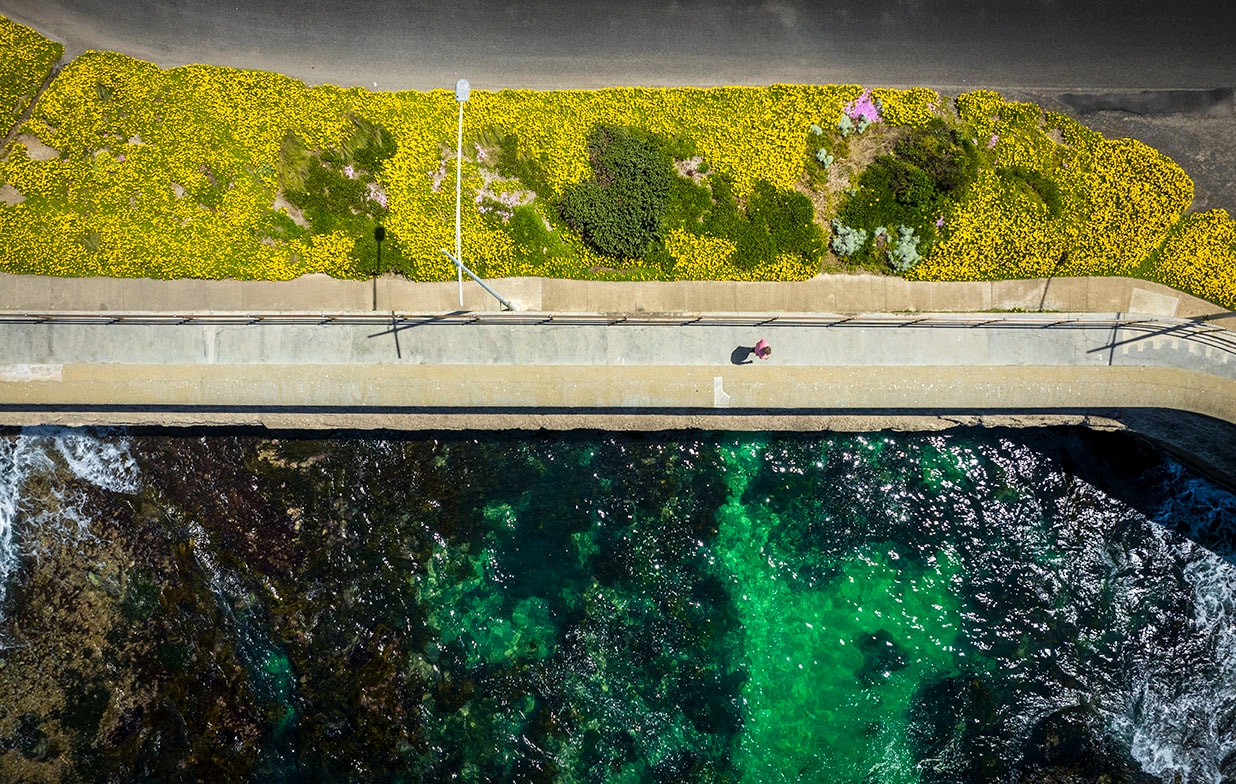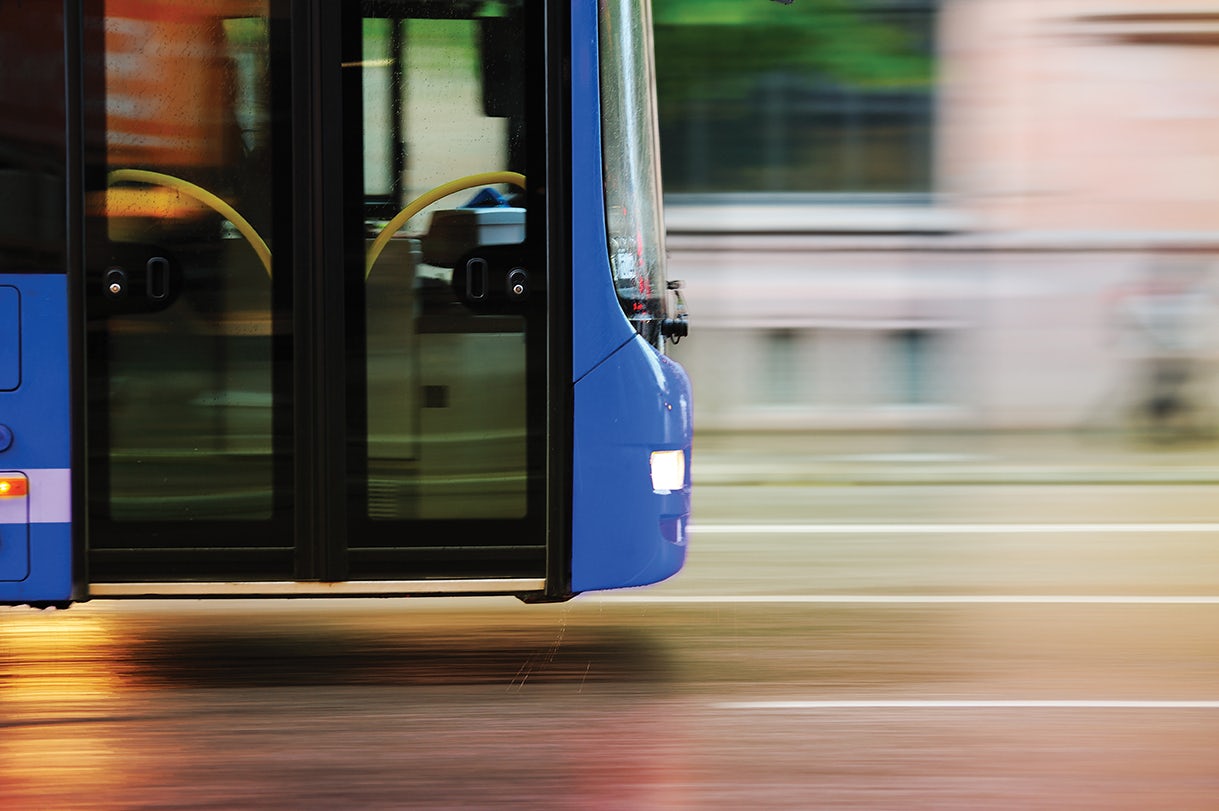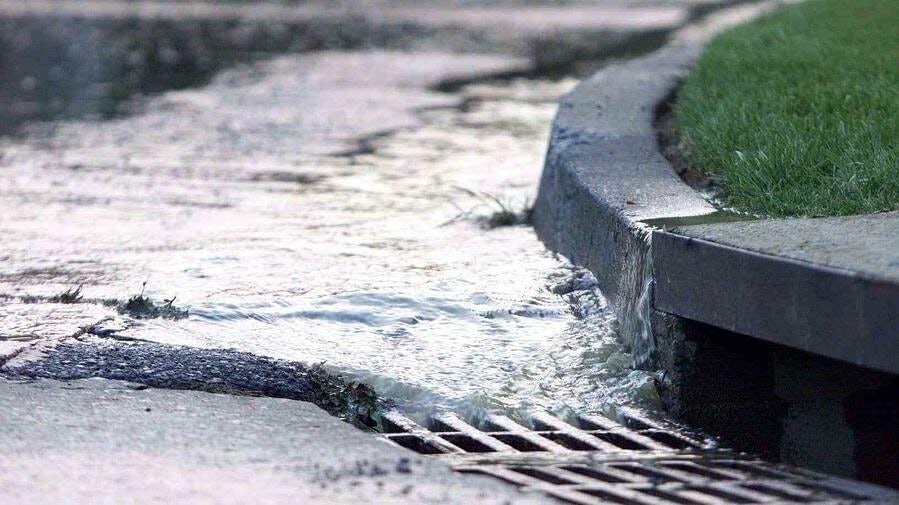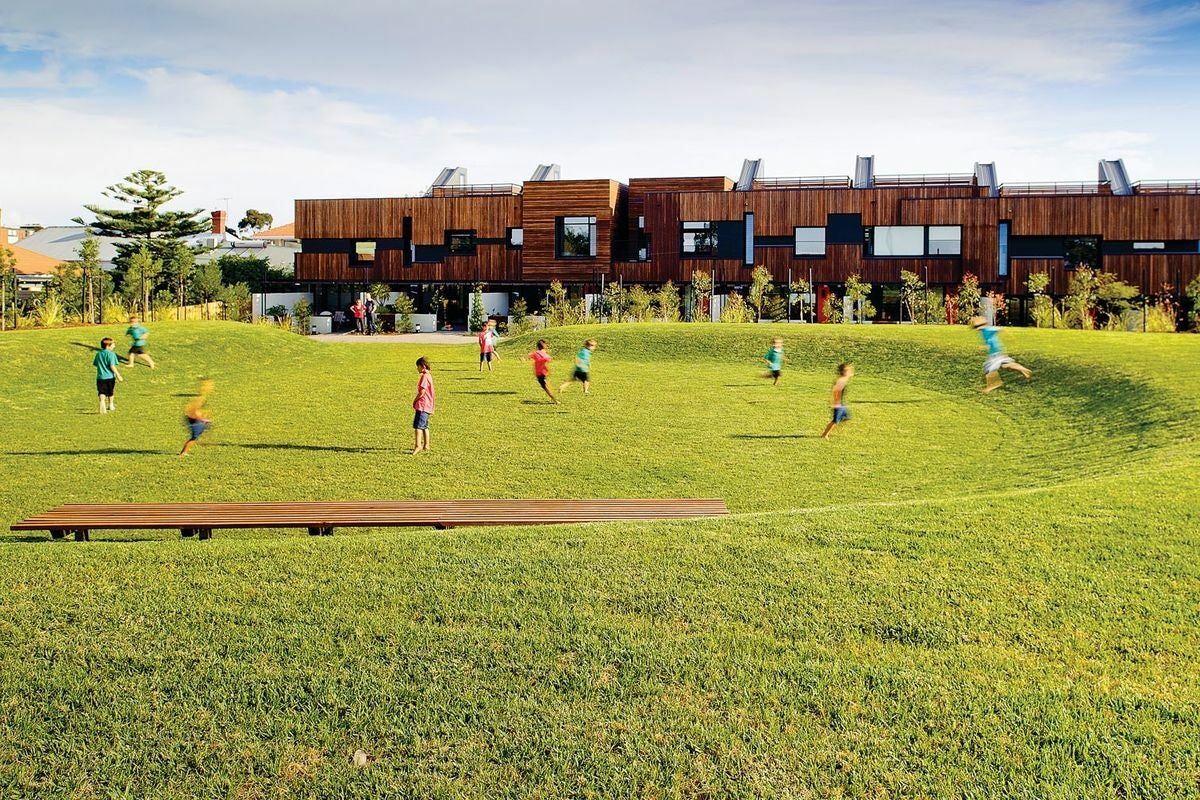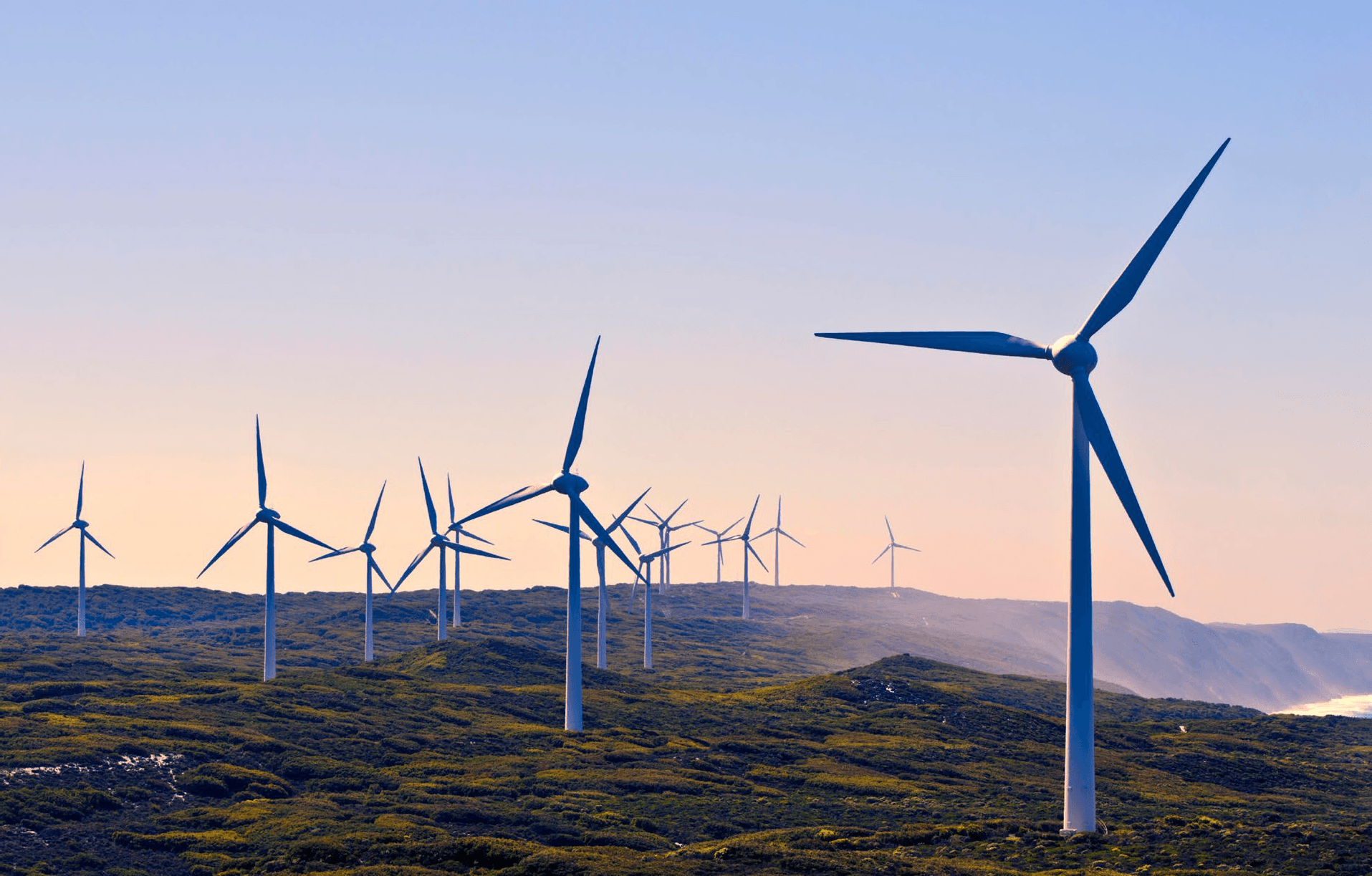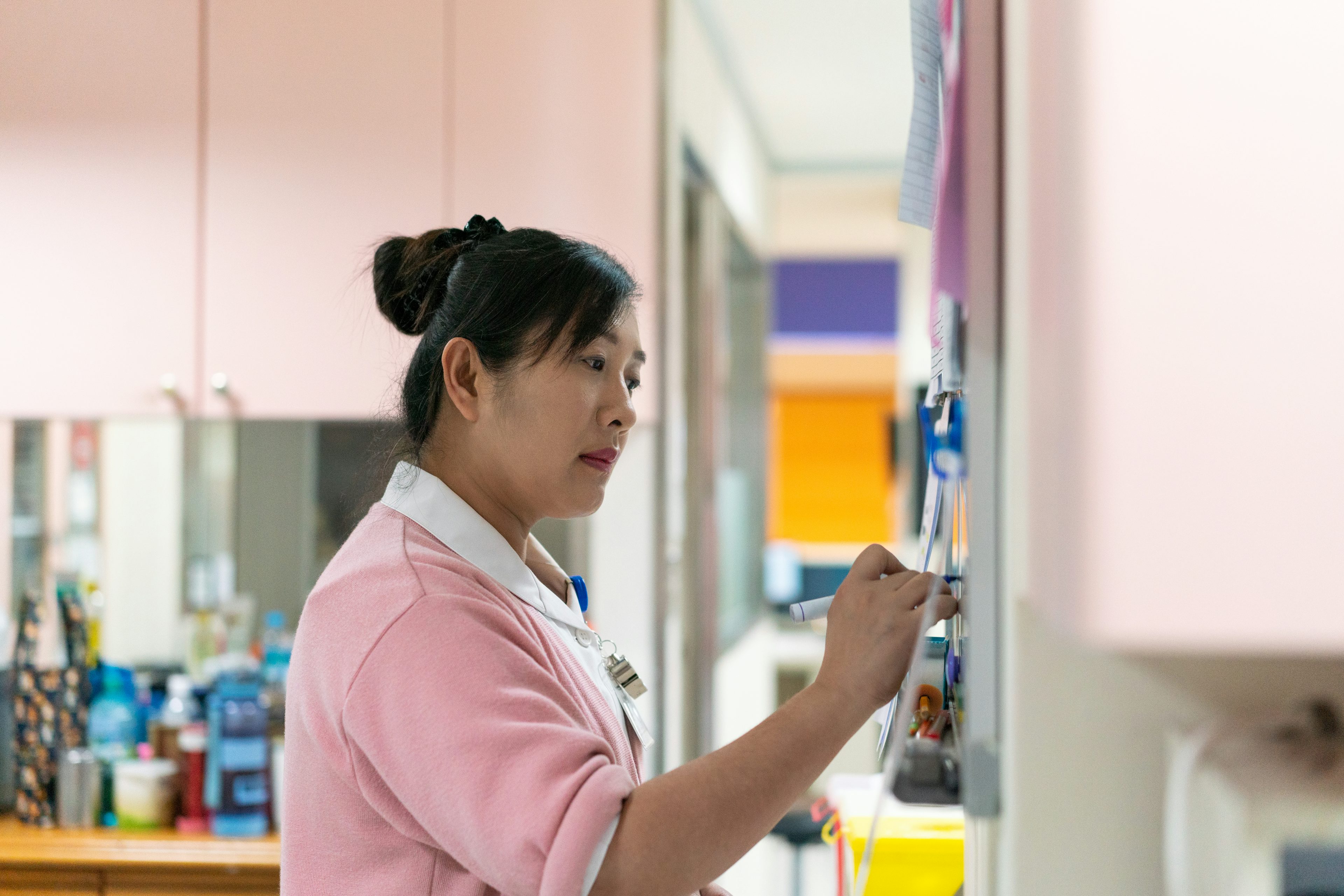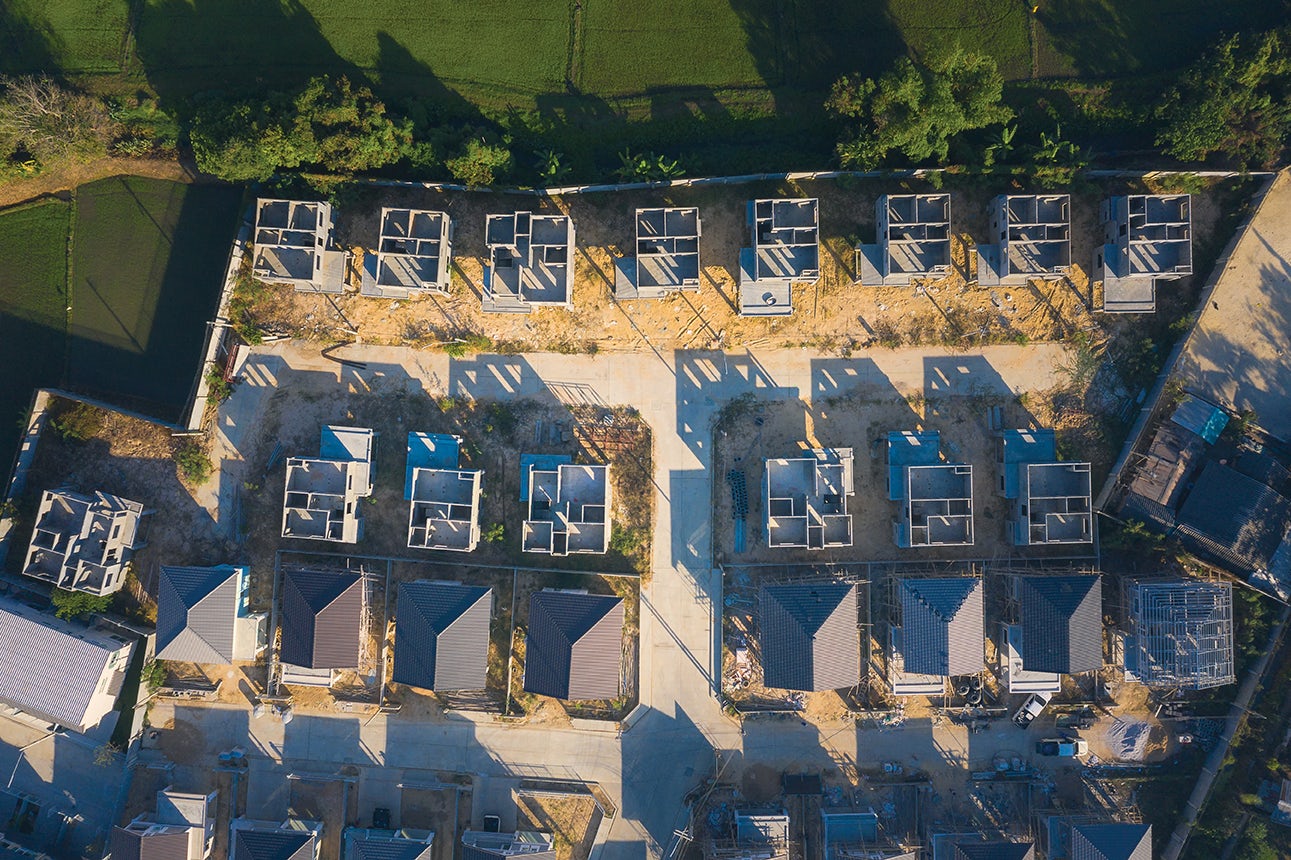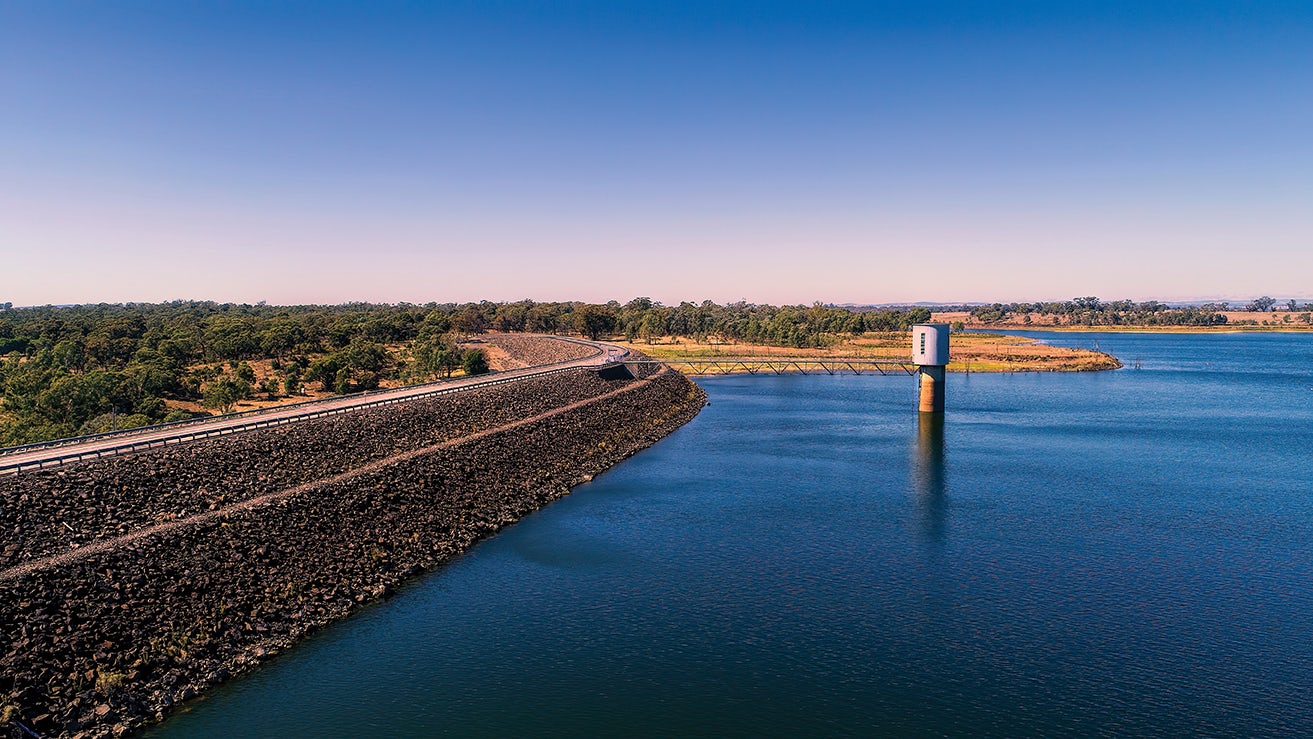Transport
As Victoria’s population grows and our major cities continue to spread, demand on roads and public transport will keep rising. Infrastructure Victoria’s work shows how we can shape a transport system that is better, fairer and ready for the future.
Challenges
Poor transport access limits opportunity
Victorians make over 16 million trips a day but many still struggle to reach work, school and services. Established suburbs usually have better public transport, but affordable homes are often in new suburbs that lack services. Melbourne’s west is expected to double to 860,000 people by 2041 but many of its new suburbs don’t have good roads and public transport. The most disadvantaged suburbs usually have the least public transport.
Transport options do not match people's needs
Workers can reach jobs more easily where there are transport options and services are good. But many jobs in middle and outer suburbs are hard to access. Bus routes are indirect and more than a third of people in Victoria’s major cities wait more than 20 minutes for nearby public transport. Trains and trams are crowded at peaks and underused off-peak. In regional Victoria, services often miss key destinations, forcing people to rely on cars.
Congestion and safety pressures are increasing
Roads and public transport are crowded at peak times and underused off-peak. Even with new and wider roads, congestion is projected to rise 46% between 2026 and 2036, with delays costing over $14 billion a year by 2030. Many roads are unsafe for walking and cycling. On average, 39 pedestrians die each year.
